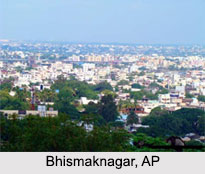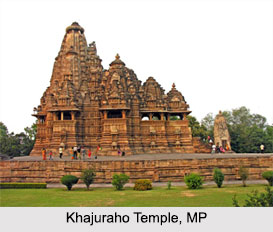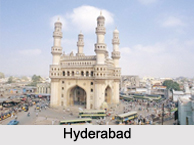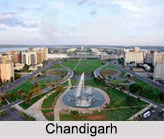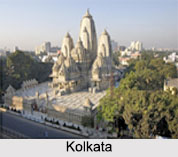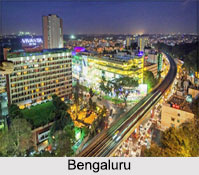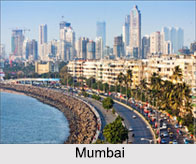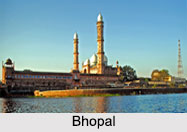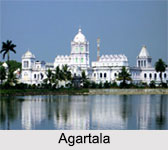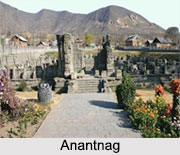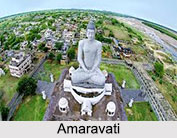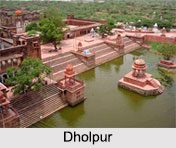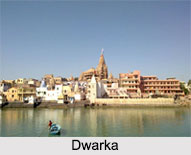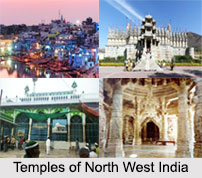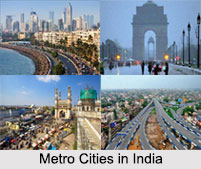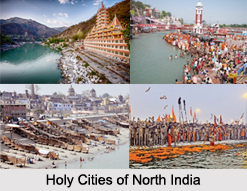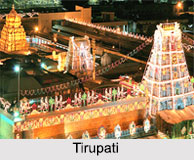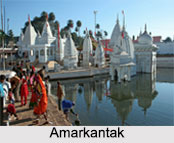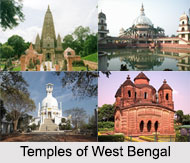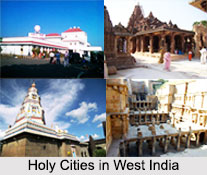 History of Raurkela is defining the making of the new city in India where economy has the strong point with the Iron and Steel industry.
History of Raurkela is defining the making of the new city in India where economy has the strong point with the Iron and Steel industry.
Formation of Raurkela
The twin towns of Rourkela and Fertilizer Township as well as their developed periphery are located in areas that were once covered by dense forests. These forests were once favourite hunting ground for the kings in the past.
Formation of Raurkela Iron and Steel Plant
The then railway station of Rourkela was within the revenue village of Mahulpali. India`s first public sector steel plant facility was established in Rourkela with the help of German businesses Krupp & Demag. In the late 1950s and early 1960s, the town was the largest German colony outside Germany. Some merchants started settling at Rourkela with business objective, around the village Rourkela and the Railway station was named after the village Rourkela. The erstwhile revenue village of Rourkela is now popularly known as old Rourkela. The B.N.R. Company (Bengal-Nagpur Railway Company) constructed the Howrah Nagpur railways, which ran through Rourkela. The habituated area around the railway station of Rourkela was declared as an urban town in the year 1931.
Census Report in 1931
The census report of 1931 reveals that the number of population was 493. By the time a primary school, an office of the forester, a sub-post office, a handful of liquor shops, tea shops and restaurants were found around the outlying area of the railway station.
Gradually a train line was connected to Birmitrapur and Rourkela and it could avail a status of a junction allowing the settlement of more railway employees. Soon another station at the village Panposh was found 10 Kilometres away. The population of Panposh by 1931 was 2,252 almost five times of Rourkela. There was a village called Durgapur in between Rourkela and Panposh stations. The construction of the sub-divisional court building was started in 1945 at the village Durgapur (Hence the nearby Hills also known as Durgapur Pahada (Durgapur Hills), today it is known as Uditnagar. As a result, the two railway stations of Panposh and Rourkela came into recognition. Following India`s independence, Pundit Jawaharlal Nehru, the first Prime Minister of India, wanted to make India an industrialized state in Soviet model of social development; giving wings to his dreams Sri Biju Pattanaik convinced Pandit Nehru to consider the location of Rourkela for setting up a steel plant.
Mineral Zones of Raurkela
The mineral rich zone of Rourkela intersected by the rivers Brahmani, Koel and Sankha from two sides was aptly chosen for the same. The preliminary survey for the steel plant at Rourkela was started in 1952 and the Government of Odisha issued a gazette notification on 16th February 1954. In accordance with the notification the Government of Odisha acquired an area of about 80 square miles around Rourkela for the purpose of Steel Plant. The private German private companies Krupp and Demag came forward to provide financial and technical help for the proposed steel plant at Rourkela. Krupp built Rourkela Steel Plant drawing from experience from its own works in Essen, Germany. The technical experts of the company advised the Government of India as well as the Government of Odisha for acquiring more land. As a result a further area of 32 square kilometres was acquired out of 31 revenue villages. Almost 13,000 people compromising of 2,424 families lost their dwelling. Later further 11,000 acres of land were acquired out of 31 revenue villages for the construction of Mandira Dam, a water embankment. More land was requisite for the purpose of constructing railway lines to Hatia and Barsuan.
Construction of Bondamunda Railway Junction
The construction of Bondamunda Railway junction required further acquisition of land which resulted 20,000 people`s displacement from their habitat. Though there was initial discontentment among the tribal about the land acquisition the authority largely resolved the land dispute, as many of the tribal were provided employment and accommodation. The displaced tribals were relocated in places such as Jalda, Jhirpani and Bondamunda. Their new settlement even extended beyond the river Koel.
Industrial Units in Raurkela Steel Plant
A string of industrial units and townships such as Rourkela Steel Plant, Fertilizer Plant, Fertilizer Township, Steel Township sprung up as Iron and Steel Industry in India. A marshalling yard and a railway junction were established at Bondamunda. Thousands of technical personnel from West Germany came to Rourkela to extend their technical assistance. Some of these Germans came with their family and their small diaspora created `Indo-German Club` to socialise. The club exists today with a well-stocked library known as Max Muller library.
Related Articles
Raurkela
Ranji Trophy
Iron and Steel Industry in India
Odisha, Indian state
Cities of Orissa
